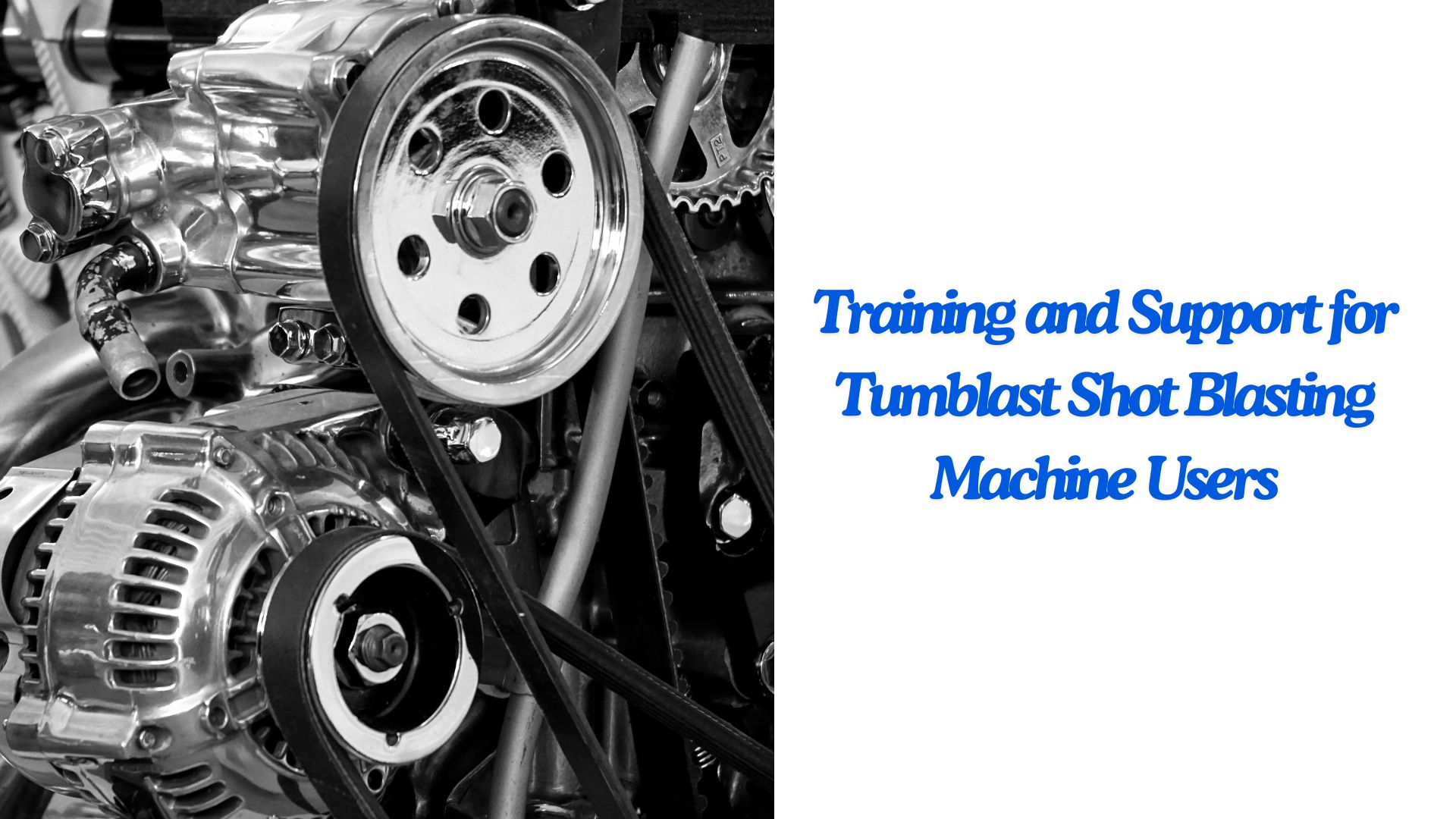Introduction
The tumblast shot blasting machine is an essential piece of equipment in industries requiring surface treatment of metal parts, such as automotive, aerospace, and construction. Its ability to clean, strengthen, and polish metal surfaces makes it a valuable asset. However, to maximize the efficiency and lifespan of a tumblast shot blasting machine, proper training and support for its users are critical. This article delves into the various aspects of training and support necessary for operators of tumblast shot blasting machines, ensuring safe and effective usage.
Importance of Training
Effective training is the cornerstone of successful machine operation. The complex nature of shot blasting machines demands a comprehensive training program to cover the following areas:
Safety Protocols:
Operating a shot blasting machine involves significant risks, including exposure to high-velocity abrasive materials and the potential for mechanical malfunctions. Training programs must prioritize safety, teaching operators how to handle the machine safely, use personal protective equipment (PPE), and respond to emergencies.
Machine Operation:
Understanding the machine’s components, controls, and functions is essential. Training should cover the loading and unloading of parts, setting and adjusting parameters, and monitoring the blasting process. This knowledge ensures operators can run the machine efficiently and troubleshoot minor issues independently.
Maintenance Procedures:
Regular maintenance is crucial to keep the machine running smoothly. Operators should be trained in routine maintenance tasks, such as checking for wear and tear, replacing worn parts, and cleaning the machine. Proper maintenance extends the machine’s lifespan and reduces downtime.
Quality Control:
Ensuring that the blasted parts meet quality standards is vital. Training should include methods for inspecting the finished products, understanding quality metrics, and making necessary adjustments to the blasting process to achieve desired results.
Training Methods
Effective training can be delivered through various methods to accommodate different learning styles and operational environments:
Classroom Training:
This traditional method involves theoretical instruction on machine operation, safety protocols, and maintenance procedures. It provides a solid foundation of knowledge before hands-on training.
Hands-On Training:
Practical experience is crucial. Trainees should work under the supervision of experienced operators, allowing them to apply theoretical knowledge in real-world scenarios. This method helps build confidence and competence in operating the machine.
Online Training Modules:
Digital training resources, including videos, interactive modules, and simulations, can be valuable, especially for refresher courses or for operators who cannot attend in-person training sessions. Online training offers flexibility and can be accessed at any time.
Manufacturer Training Programs:
Many machine manufacturers offer specialized training programs. These programs provide in-depth knowledge specific to their machines and are often conducted by experts who understand the intricacies of the equipment.
Ongoing Support
Training should not end once the initial sessions are completed. Ongoing support is essential to address evolving challenges and ensure continuous improvement:
Technical Support:
Access to technical support is crucial for troubleshooting complex issues. Manufacturers or suppliers often provide technical support through phone, email, or on-site visits. This support helps resolve problems quickly, minimizing downtime.
Regular Refresher Courses:
Refresher courses help operators stay updated on best practices, new techniques, and advancements in machine technology. Regular training sessions ensure that operators maintain a high level of proficiency and adapt to any changes in the operational environment.
User Manuals and Documentation:
Comprehensive user manuals and documentation should be readily available. These resources serve as quick references for operators, providing detailed instructions on machine operation, maintenance, and troubleshooting.
Community and Forums:
Online communities and forums where operators can share experiences, ask questions, and exchange tips can be beneficial. These platforms foster a collaborative environment where users can learn from each other.
Conclusion
Proper training and ongoing support for tumblast shot blasting machine users are crucial for ensuring safe and efficient operation. A well-rounded training program covering safety, operation, maintenance, and quality control, combined with continuous support, can significantly enhance the productivity and longevity of the machine. By investing in comprehensive training and support, companies can maximize the benefits of their tumblast shot blasting machines and maintain a high standard of quality in their operations.

